This indicates that the popularization of the SOR — a program of occupational training without commencing employment, part of the Active Employment Policy and targeted at young and highly educated people who work for a year or less — has had a significant impact on the increase of those with the lowest wages. In the last few years the SOR has become almost the only way that young people get employed.
The conclusion follows from the 'Analysis of the Labor Force" and the 'Survey of Income' conducted by Dr. Danijel Nestić from the Zagreb Institute of Economics and Dr. Snježana Blažević Burić of the "Dr. Mijo Mirković” Faculty of Economics and Tourism of Pula. The analyses are parts of the paper on 'Workers on Minimal Wages and Poverty in Croatia' published in the latest issue of the Social Policy Review.
Number of highly educated growing
The data show that in 2014, the last year analyzed by the two researchers, almost one in three minimum wage recipients (29 percent) was younger than 29. This was significantly higher than the share of the young people in the total employment, which stood at 16 percent. Seven years ago, in 2007, when the SOR was not implemented yet, the shares of young people receiving the minimum wage and young people in the total number of employees were practically equal — 22 percent for the former and 20 percent for the latter.
The growth of the number of highly educated people on the minimum wage has been even more dramatic: 5.4 percent in 2007 vs 9.4 percent in 2014. With the improving educational structure of the population the share of highly educated people in the total workforce also grew — but by 24 percent, while their share among the minimally paid jumped by 75 percent.
— The SOR measure has led to a greater number of younger and more educated people on the labor market, but with lower pay — say the authors of the study. — The remuneration they received is under the minimum wage.
Since the SOR program was not significantly reduced after 2014 (indeed, the number of beneficiaries increased in 2015), the share of the young and the highly educated among the minimally paid employees likely increased still further in the following years.
In the same period, the share of the minimum-wage employees with just elementary school education dropped significantly, from 31 percent to 19. Presumably the majority of employees with such low levels of education belonged to the older age group, whose numbers were depleted by retirement. Croatia is the EU country with the highest rate of completion of secondary school. Fewer than 5 percent of the young people end up without the completed secondary school.
The SOR could also be one of the reasons for the increase of the number of singles on the minimum wage, given that the beneficiaries are young and not married yet.
The total share of employees on the minimum wage working for all types of employers in Croatia grew from 3.2 percent to 10.3 in the seven-year period observed in the study. In the private sector their number grew from 5.1 percent to 14.2.
— The greater share in the private sector is expected — explain the authors — given that the state largely employs people with higher education, especially in public services such as education and healthcare, which are paid higher, so that the minimum-wage employees is smaller.
Important factors
Apart from the SOR — say the authors — two other important factors worked to boost the share of employees on the minimum wage. One was the fact that in the observed period the minimum wage grew faster than the average wage, which meant that a greater number of employees got included in the group. The other was the economic crisis, which led to changes in the sector structure of the economy and the employee qualification structure.
There are significantly more women than men in the minimum-wage group, but their share has been declining. This is partly explained by the falling employment in the industries traditionally employing women and paying low wages, such as textiles and footwear.
Although the share of the minimum-wage employees is relatively high, the study shows that it does not affect the structure of poverty in the country significantly. An increase in the minimum wages would not reduce the number of people at the risk of poverty to a notable extent. Namely, to be viewed as being at the risk of poverty by the statistics, a person or a household must earn less than 60 percent of the median income, which is less than the minimum wage. Thus the statistics does not see the minimum-wage recipients as being at the risk of poverty. People receiving the lowest pay (usually even lower than the minimum) make up only 1 percent of the total number of the statistically poor. Croatia is thus among the countries with the lowest poverty rate among the employed citizens.
The SOR has led to greater employment of young and well educated people, but at lower pay. Their remuneration is lower than the minimum wage.





Za sudjelovanje u komentarima je potrebna prijava, odnosno registracija ako još nemaš korisnički profil....